In 2016 one human broke broadcasting figures by doing a remarkably ordinary night time ritual. Rebecca Trigg explains why, and explores what makes magical content...
On New Year’s Eve 2016, a British TV channel that provides programming for pre-school children broadcast their nightly bedtime story: a short tale narrated by a presenter or invited guest, designed to send our little darlings off to sleep.
Only this one broke viewing figure records by a considerable margin. Why? Because this man was reading it.
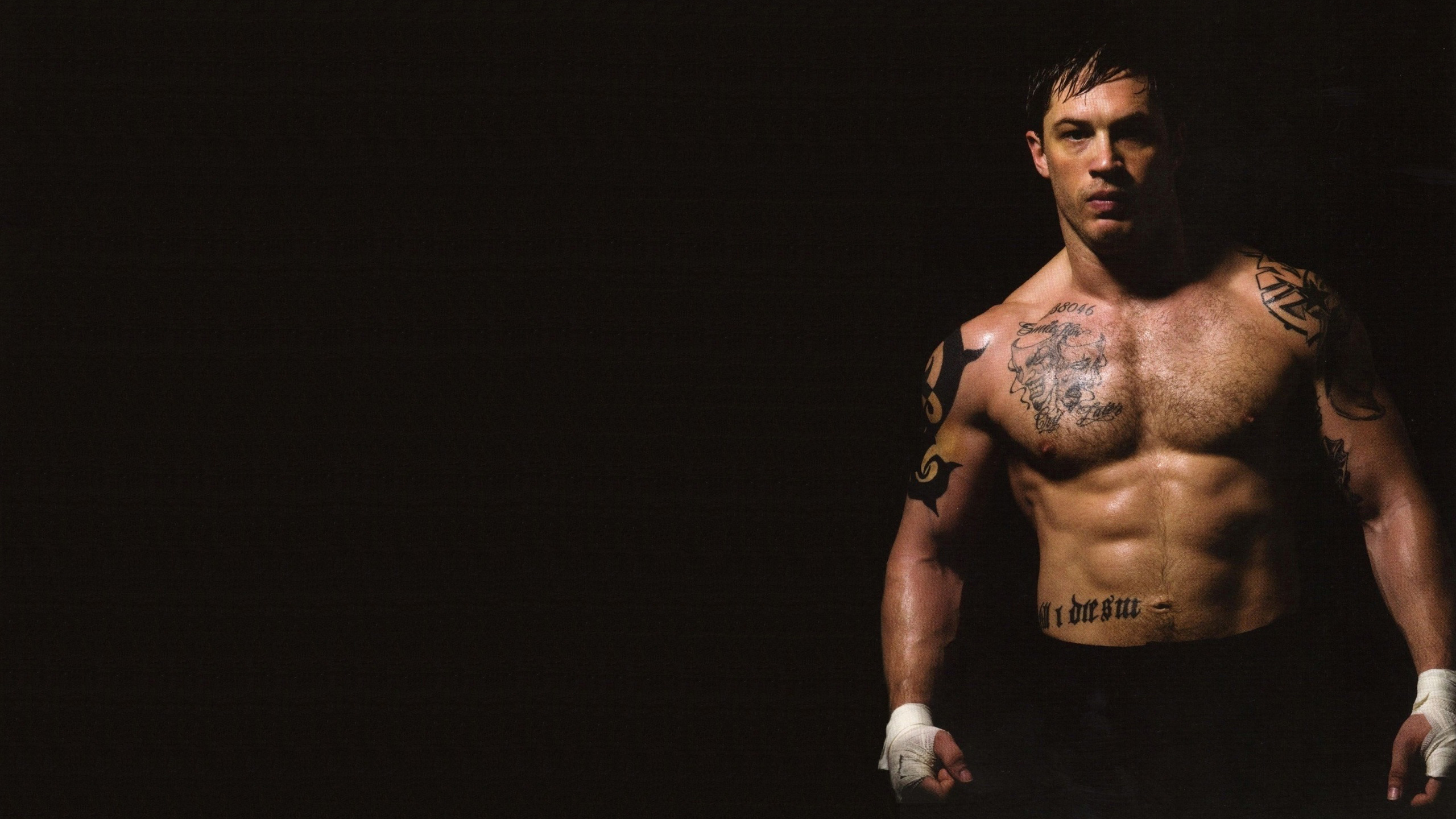
Tom Hardy, photo: Lionsgate
What has Tom Hardy appearing on CBeebies got to do with creating engaging content? More than you might think.
At Acteon, we’ve always maintained that to reach people – to influence them or change their behaviour – you need to treat them as human beings first and foremost.
Because content is not just copy on a page; content is also about tone, delivery, presentation and context. The way we say something has as much value as what we’re saying.
In our industry, it’s not always possible to make content more engaging by simply changing the words – we have to think creatively; be experimental; and more human. And that’s when content can become magical.
Which brings us back to Tom. The decision-makers at CBeebies knew exactly what they were doing when they enlisted the easy-on-the-eye bad boy to deliver their content. It also coincides with three principles that we try to adhere to at Acteon: know your audience; tell a good story; and – most importantly – be human.
1. Know your audience
To get your audience to engage you need to know a little bit about them: what makes them tick, what catches their interest, and – lest we forget – who they actually are.
CBeebies may programme for toddlers, but it’s their parents and carers who sit with them and wield the remote control. And a cursory glance over social media reveals that Tom Hardy is a very popular figure among mums (and some dads).
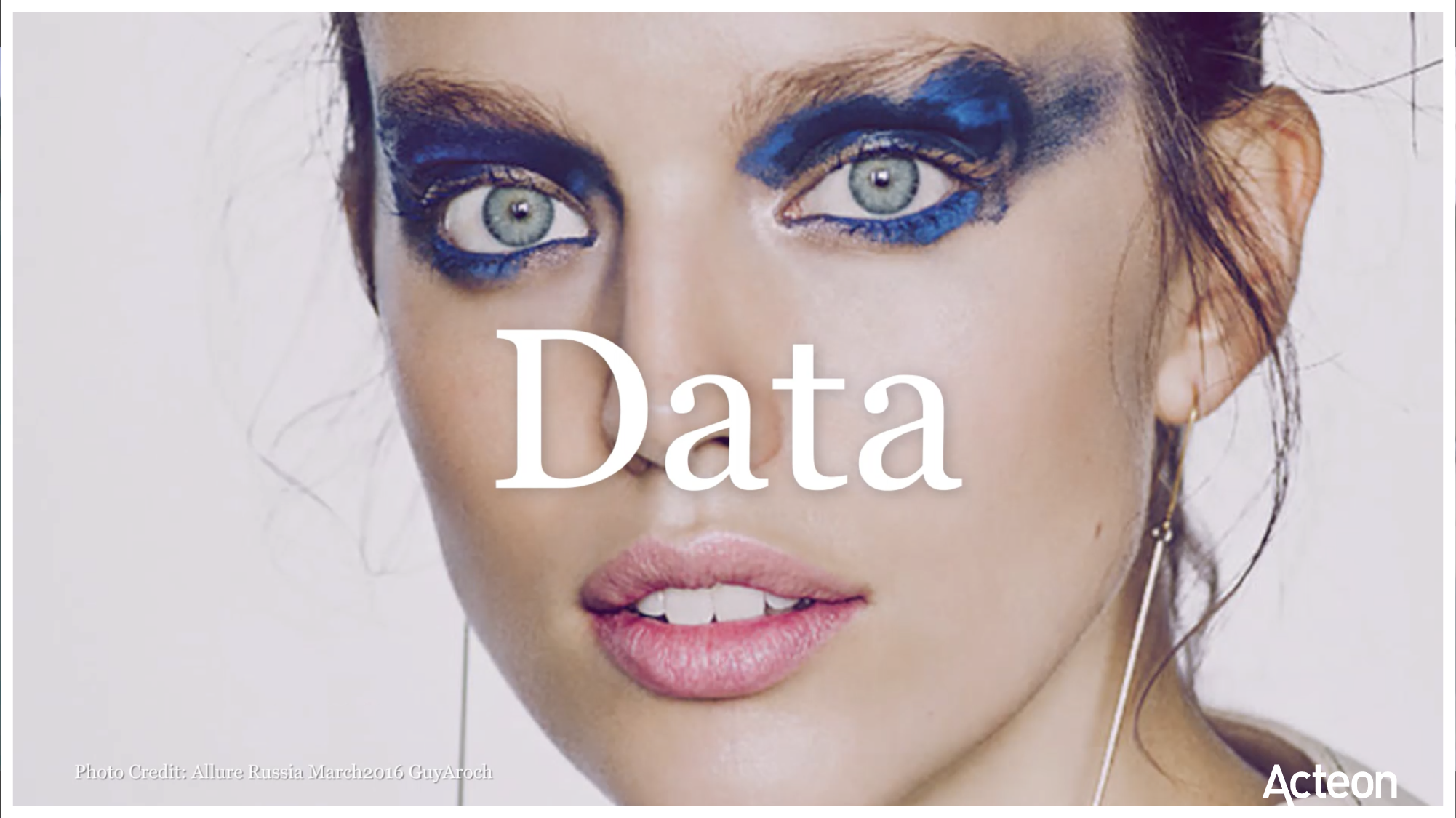
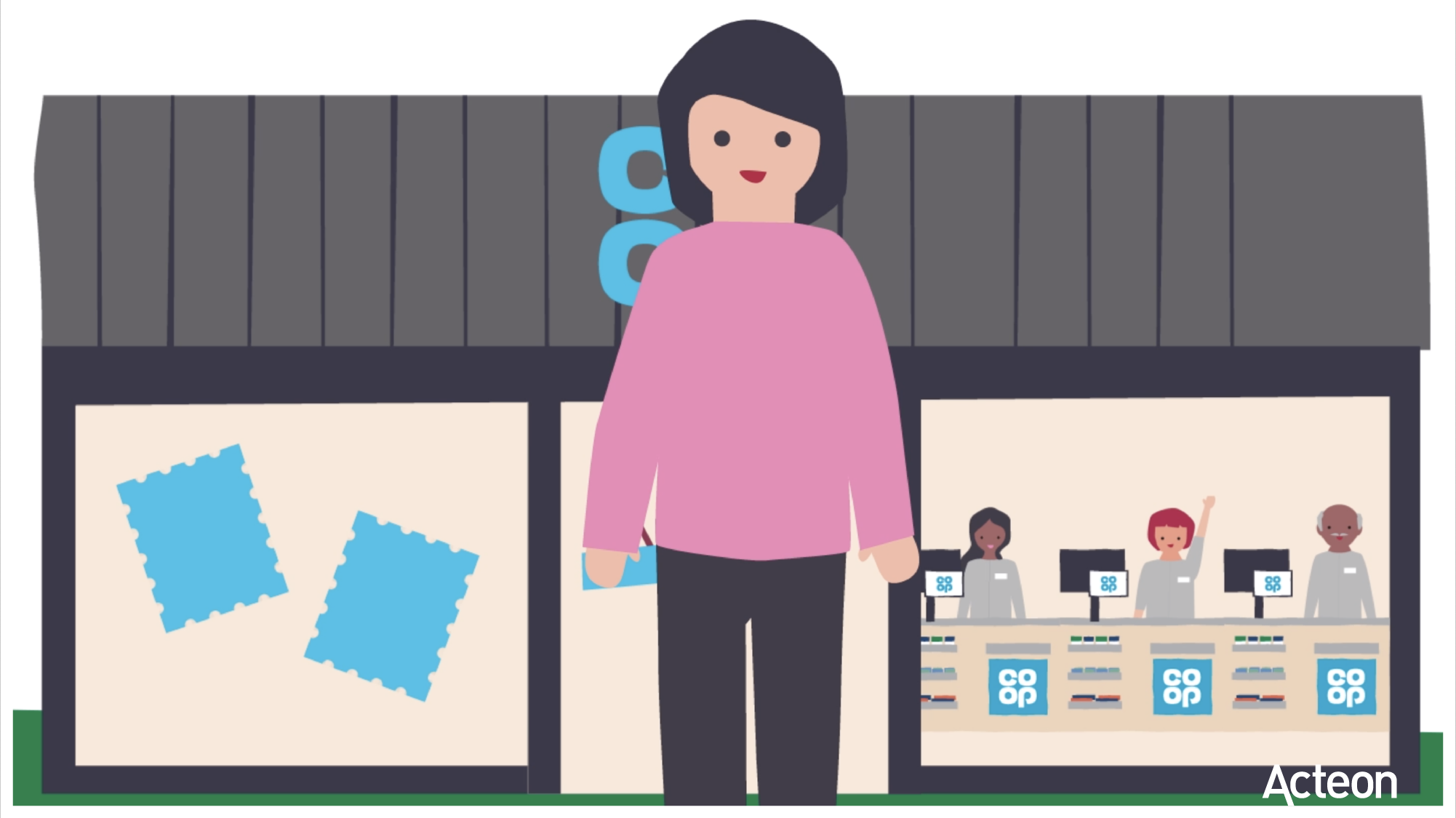
GDPR materials for Co-op and Condé Nast resonated with their very different audiences
2. Tell a good story
Stories connect us, they evoke emotional (human) responses and they can be powerful agents of change.
In this case, the bedtime story wasn’t really the story – the story was that Tom Hardy (aka Bane from Batman) was going to sit under a blanket on an oversized stripy sofa with his sleeping dog and tell a story about hats.
That’s a narrative that garners interest, inspires conversation, and gets shared on Facebook and Twitter – the kind of story that generates online articles, newspaper headlines, and segments on TV.
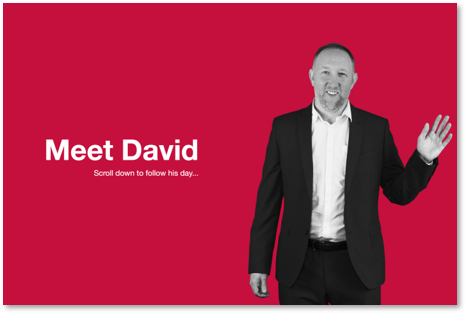
Stories for engagement and peer contributed stories will elevate learning content
3. Be human
The most engaging aspect of this story was the human element: the juxtaposition of having a rugged actor known for his tough guy roles reading a cute bedtime story. A Hollywood star doing something gentle and out of the ordinary for no other reason than it was a nice and unusual thing to do.
Of course, there are other ways to engage an audience that don’t involve Tom Hardy (I suppose). Using humour, pride, and curiosity can elevate your content and add another dimension to a dry or complicated subject matter. The good news is that there are lots of opportunities to bring your content alive and make it personal to your audience.
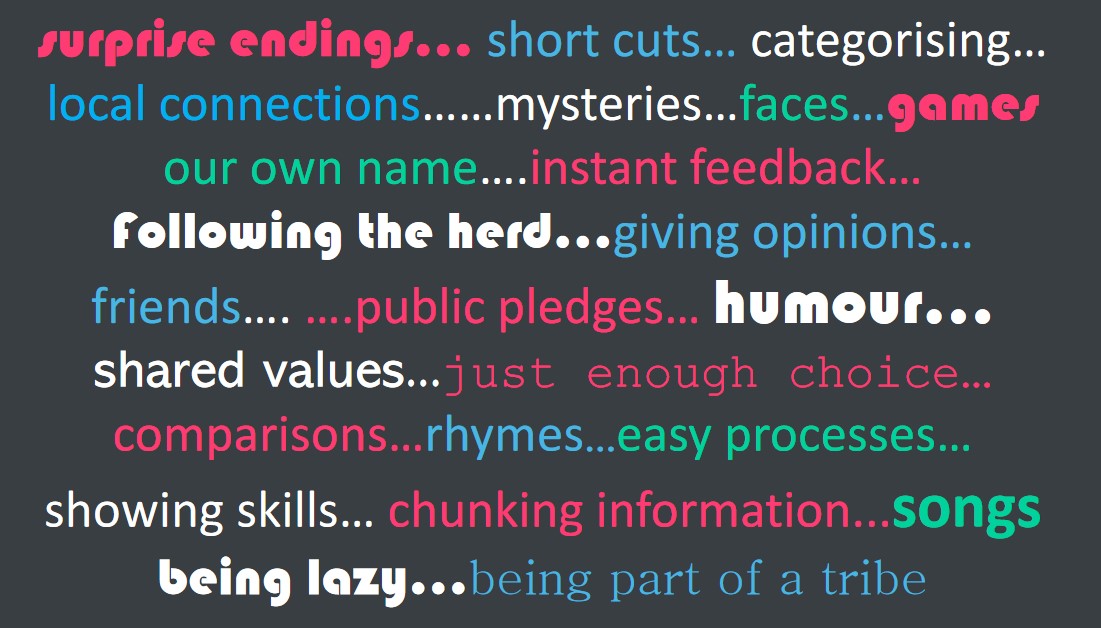
An algorithm would never have selected a tough guy actor to read the perfect children’s story. Picking Tom Hardy for bedtime stories was unmistakably a human decision. And all the better – and more successful – for it.
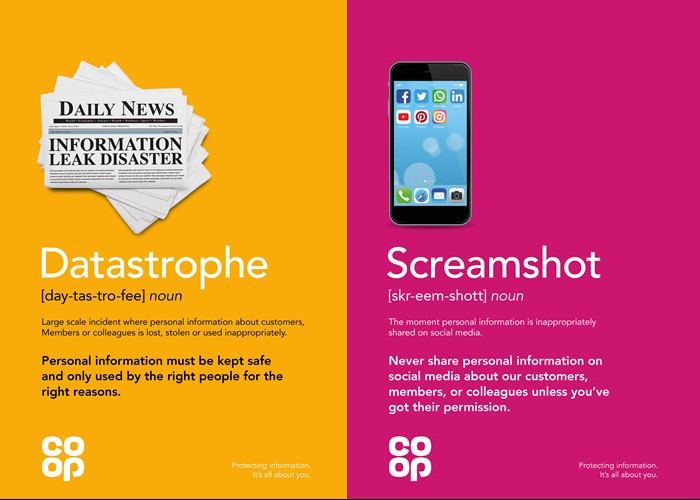
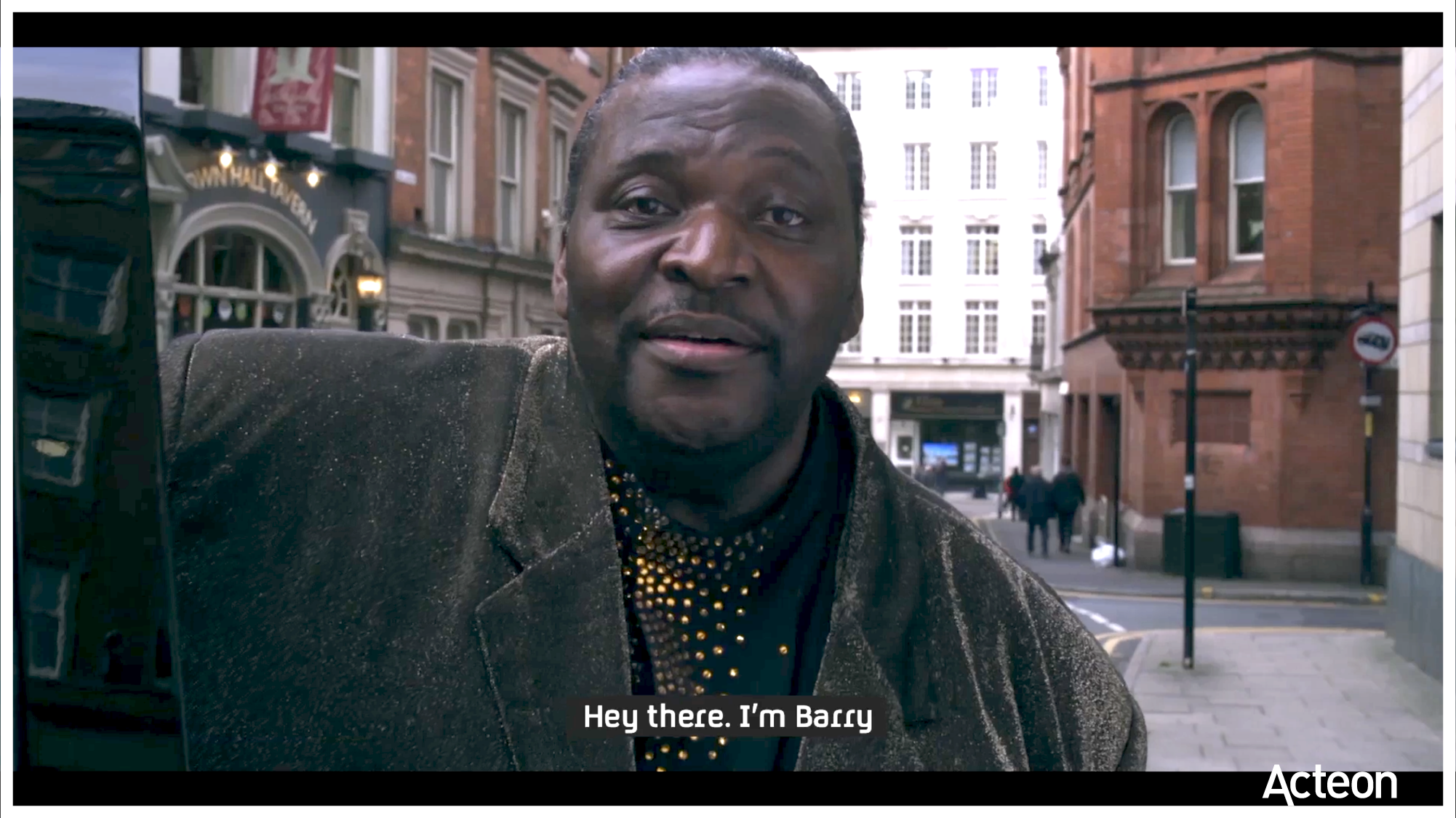
Listen to Rebecca Trigg’s webinar on creating magical content here.
